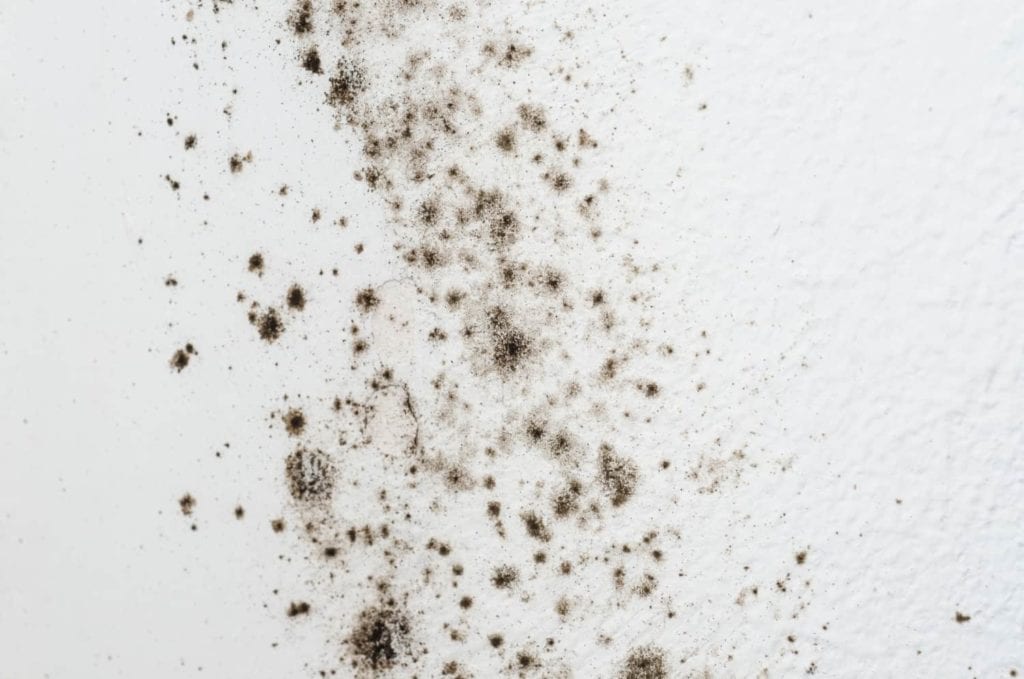Are you interested in scheduling a mold inspection? Seeing mold spores is usually a frustrating experience for homeowners, given the numerous consequences of fungal growth in homes. After the first moments of panic, individuals should pull themselves together and get in touch with a mold inspector to schedule a visit.
In the course of these property examinations, specialists spend a significant amount of time inspecting the interior and exterior of clients’ homes, including the roof, basement, foundation, plumbing system, HVAC system, gutter, etc. There is a multitude of San Diego mold remediation companies, having the necessary training and experience to handle mold inspections and remediation projects.
Have a look at how the inspection procedure works.
What elements are inspected?
There is a myriad of key elements subjected to a mold inspection, including the interior and exterior of houses. Inspectors start the procedure by examining the roof in order to evaluate its surface and gain insight into its composition. The gutter and drainage system are inspected as well to check whether these are the source of the problem. Mold specialists perform a thorough examination of the chimneys, skylights, and vents in search of damage.
As far as exterior inspection is concerned, inspectors check the humidity and temperature of the area, and the presence of organic debris in close proximity to the house. The number of trees and bushes surrounding a home is also taken into consideration. Inspectors then have a detailed look at the exterior foundation in order to check for possible cracks.
In addition, the interior foundation is yet another crucial element in such inspections. Examiners inspect the basement, ventilation, and foundation, along with water lines and pipes. They also perform tests of the ventilation and drain pipes.
When it comes to inspecting the interior of houses, mold inspectors measure the temperature and humidity levels. They inspect each area of the property separately, as humidity levels differ across rooms. During this phase, inspectors have a few questions to ask homeowners related to their history with leaks, HVAC system maintenance, and the appearance of symptoms caused by mold toxicity. Go to this page to learn why homes can be humid.

How does the procedure work?
Mold inspections consist of three important stages; visual examination, surface sampling, and air sampling. The procedure always commences with inspecting the property for visible signs of mildew or moisture, such as visible spores, water damage, faucet leaks, pipe leaks, etc. Once the process of visual inspection is over, inspectors move on to surface sampling.
In the course of surface sampling, these workers focus on a specific location in the house and use different methods to collect samples. In the event of inaccessible areas, inspectors usually remove a small drywall section so as to locate the moisture source. During this phase, professionals use swab tests and bulk sampling.
Moreover, swab tests reveal nothing more than the existence of the fungus. For further information, such as species and quantity determination, samples have to be sent to a laboratory. Lab tests are mainly performed on bulk samples like carpet, drywall, clothing, linen, and different building materials. The sample has to be packaged attentively before submitted for laboratory testing.

The procedure of air sampling is the most effective in the detection of mold spores in properties. Inspectors use spore traps for collecting samples, which allow them to create the samples by drawing air. Once the laboratory results arrive, examiners base their remediation suggestions on the provided results. For further guidance on mold sampling, follow this link, https://www.epa.gov/mold/mold-testing-or-sampling.
How is the cost determined?
Naturally, homeowners are interested in the cost of mold inspections before hiring professionals to perform the job. Two factors are worth having in mind when determining the overall cost of such examinations. The size of the property and the invasiveness of the sampling procedure have the largest impact on the price of these services.
For instance, individuals living in large-sized homes are expected to pay more for an inspection when compared to people living in small houses. Additionally, if the procedure involves bulk sampling like destroying the paneling or drywall, the cost will be higher. Bulk sampling requires more effort than performing a simple swab test, which explains the high price.
The prices of mold inspections vary across regions, but the variations aren’t too surprising. For example, homeowners whose houses are smaller than 4,000 square feet would probably pay between $300 and $400, unlike people whose houses are larger than 4,000 square feet, expected to pay between $700 and $900. Generally, inspection costs don’t include the price for testing.
When hiring a mold inspector, look for one with a license and insurance. The largest number of health departments across states require these professionals to be licensed and insured. Even if the health department in your state doesn’t, look for a specialist who has a license in any case.
What happens after the inspection?
Following the procedure, remediation is required in cases where mold is found on properties. Elimination of the source of dampness has to be performed in order to put an end to the process of growth. Only by cleaning the visible spores, this household enemy won’t be stopped from spreading further.
Furthermore, professional clean-up is recommended for proper cleaning of both hard and soft surfaces. While the former can be thoroughly scrubbed, the latter usually need to be replaced. For instance, tiles can be washed, but carpets are usually impossible to clean after being infested with mildew.
Mold remediation is best trusted in the hands of removal experts who have the necessary tools, equipment, and cleaning agents for the job. Coming in contact with the fungus while cleaning is not recommended to people with asthma or allergies. Professionals take safety precautions so as not to harm residents’ health, as well as their own, while removing mildew.
The bottom line
Do not wait too long to call the experts.
The sooner you have the house inspected, the lower the damage!






